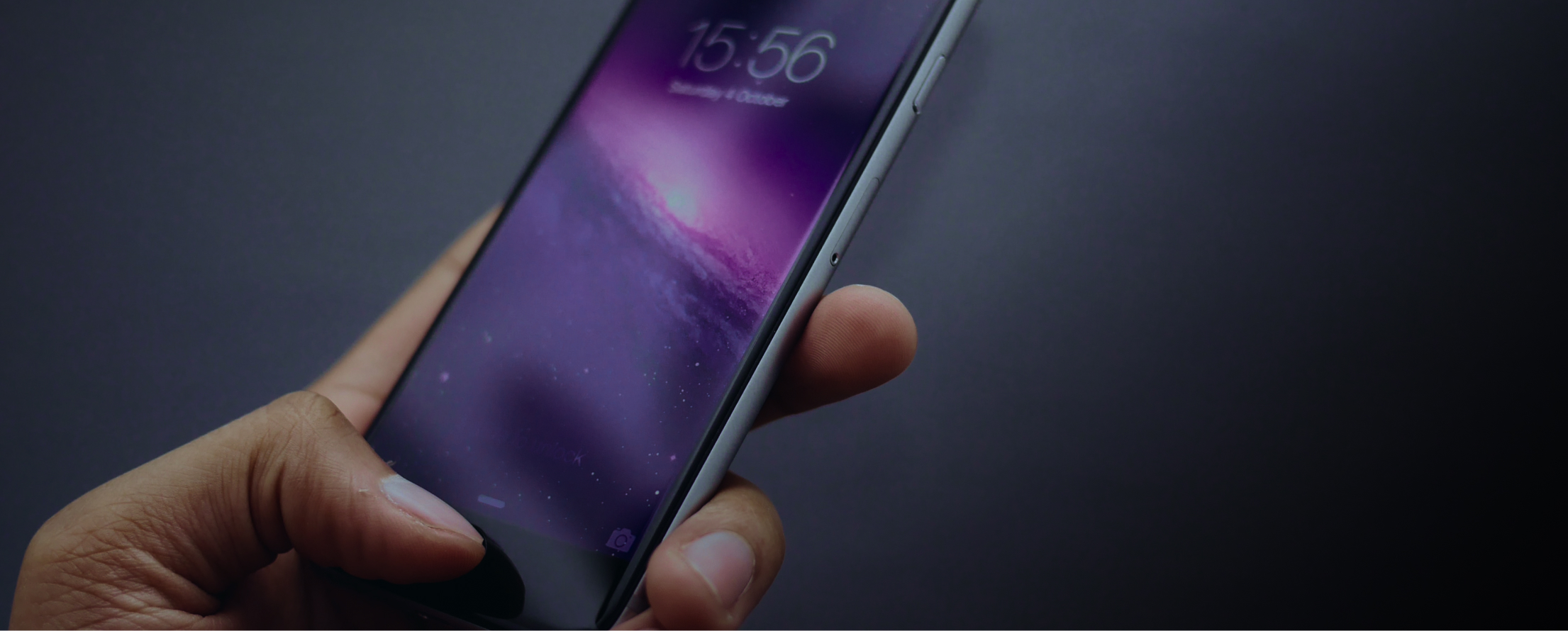How To Use In-App Messaging to Engage & Retain Your App Users
Engaging and retaining app users is a problem every app developer will face. People are constantly changing their preferences, needs, and goals. So, how do you keep up with your ever-changing target audience? In-app messaging is a great place to start! So, keep reading to discover how to use in-app messaging to engage and retain your app users.
What is In-App Messaging?
Before you can begin to use in-app messages to benefit your app, you need to understand what these messages are. To put it simply, in-app messages are messages that appear only when the user is actively using the app. In-app messages are different from push notifications because they only appear when the user is using the app. Push notifications are meant to draw in customers by sending them notifications while the customer isn’t using the app. In-app messages are meant to engage and retain app users.
Types of In-App Messages
The variety of in-app messages is extensive. From the design to the actual text, in-app messages can be customized to fit your app’s theme and purpose. Let’s talk about the most common types of in-app messages:
Event Messages – This can be an in-app message about a current sale going on in the app or even a simple “Happy Birthday!” wish to your customer.
Tips and Tutorials Messages – When a user begins interacting with your app for the first time, he/she may need a little help navigating the app. So, offering tips and tutorials through in-app messaging is a good way to guide your new customer through your app and help them have the best customer experience possible.
Permission Messages – If you have ever set up an account in any app, you are bound to come across an in-app message that asks for your permission to collect data from your personal information you just entered into the app. You can also use in-app messaging to ask for permission to send push notifications and emails to the customer. These are necessary in-app messages because you don’t want to be secretive and take advantage of your customer’s information without permission.
Promotional Messages – Similar to event messages, these in-app messages highlight discounts on certain products, free shipping, etc. These are more specific than event messages because they tell the user-specific information like what type of products are reduced, the amount needed to be spent to achieve free shipping, and so on. For example, event messages will say “Annual Sale Happening Now!” while promotional messages will say “Spend $50, Get Free Shipping!”
Benefits of Using In-App Messaging
The benefits of using in-app messaging are vast. Here’s a highlight of the top 4 ways your app benefits from in-app messaging:
Targeted Messaging – Personalization of in-app messages can help those messages reach a more precise target audience. For example, using a segmentation tool, you can send out in-app messages that advertise an in-store only sale at a certain location; but only to customers that live in or around that particular store’s location. That way customers who do not live in that targeted location won’t be bothered with an in-app message that doesn’t apply to them. Targeted messaging helps customers feel important and not part of the crowd. Targeted, in-app messaging is a perfect way to let customers know they are not just numbers to you!
Reach Forgotten Customers – It is easy to forget about those customers that opt-out of receiving push notifications and emails when registering in your app. In-app messages are a fantastic way to reel those customers back in since you aren’t able to send them to push notifications and emails. Informing them of sales, events, new app features, etc. through in-app messaging will encourage their engagement and retention when using your app.
Support Your Marketing Strategy – When you create a marketing strategy, you are bound to include ways to keep users engaged in your app after the initial download. So, you begin with push notifications and emails to encourage user engagement and retention. After a while, you notice the number of interactions with customers is decreasing. So, to bring in a “fresh face,” enlist the help of in-app messaging! In-app messages will intrigue your users since it is something new. The content and look of the messages are always changing, giving the element of surprise to your users each time they open your app.
Initial Contact – We now know that in-app messaging can be beneficial with established customers. But what about new customers? Yep, in-app messaging can help with them too! By displaying a simple “Welcome!” in-app message when the user opens your app for the first time, can produce a feeling of appreciation to your new customer on your behalf. Then, using these tips and tutorials in-app messages, you can guide your new user through the app’s functions and features. Your new customers will feel they are appreciated and important to your company simply because you have taken the time to create those in-app messages for first-time users. This will definitely get your relationship with the new customer started off on the right foot!
It can seem tricky when you first explore how to use in-app messaging to engage and retain your app users. But, hopefully, with the information we just discussed, you will have some clarity and will be able to move forward with using in-app messages to your benefit. This type of messaging is a tool that you can take and use to improve your app. Engaging and retaining your app users is no longer a mystery; in-app messaging will come to the rescue!
Contact us today
Learn how Fantribe can help your business.

